Safer technologies with higher energy densities and longer working lives are at the top of the list for lithium battery research.
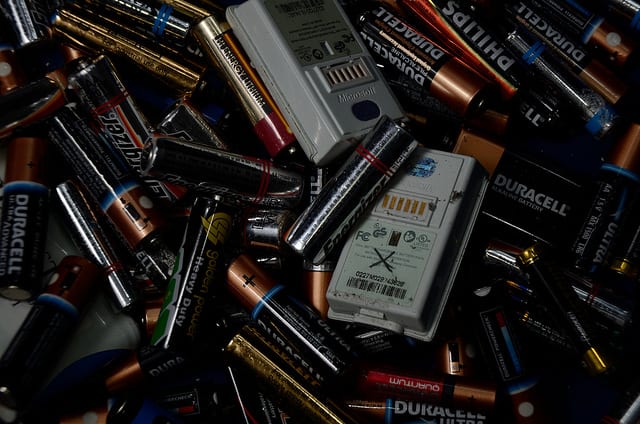

Safer technologies with higher energy densities and longer working lives are at the top of the list for lithium battery research.

Cancer is a disease that is responsible for an overwhelming number of deaths worldwide. The conventional therapeutic approaches used for treatment can be ineffective. inducing prominent side effects.
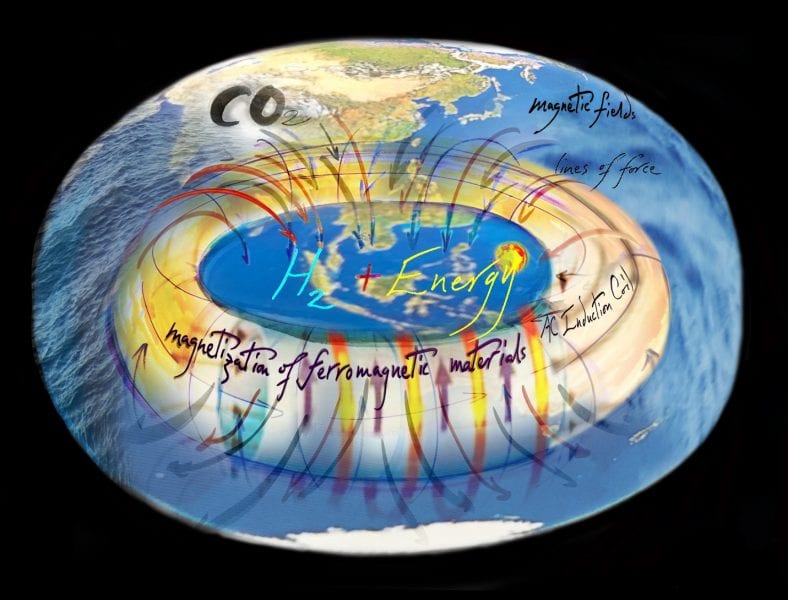
A chemistry and engineering nano-solution that aims to safeguard Earth against climate change can be imagined metaphorically as a “Life Raft” that will sustain renewable energy systems and living systems “thriving and buoyant” over the next thousand years when fully deployed around the globe.
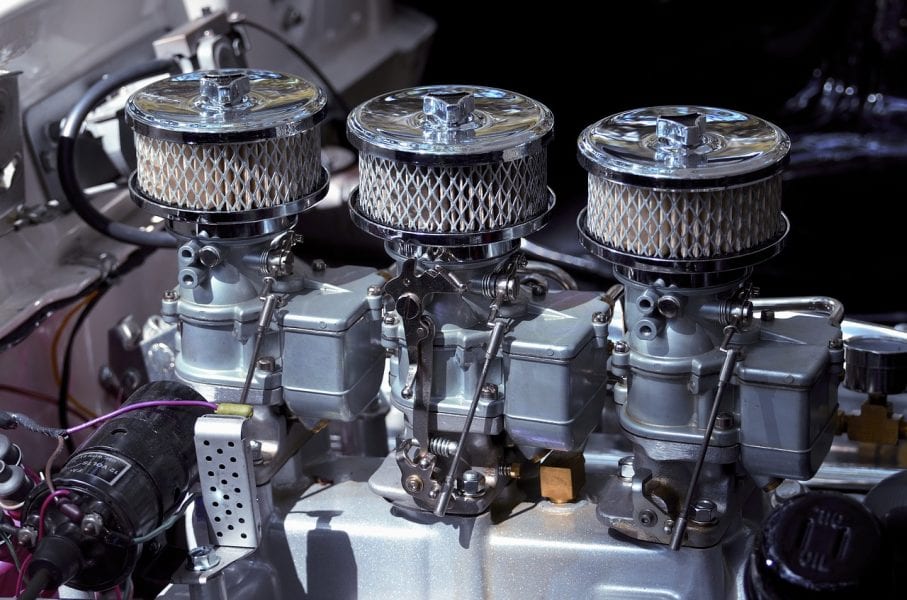
Specially designed carbon nanotube nanomotors undergo rotary motion in water, driving external mechanical loads on the nanoscale.
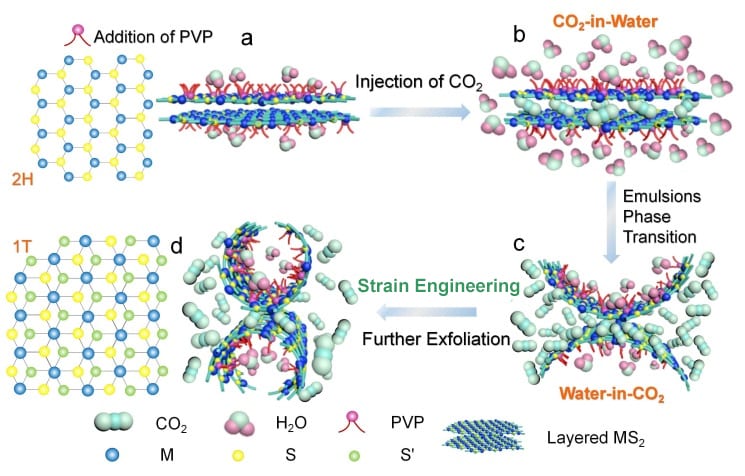
Supercritical carbon dioxide induced reverse micelles were used to create metallic 1T-phase molybdenum disulfide and tungsten disulfide nanosheets for hydrogen generation.
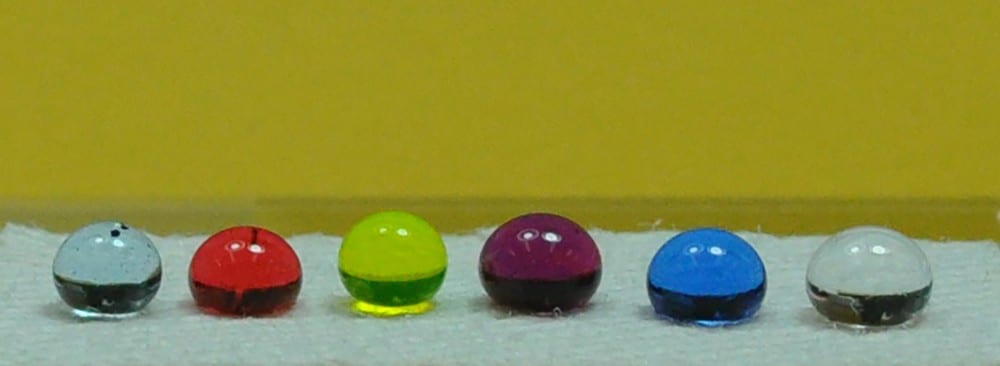
Superamphiphobic and durable coatings on woven/non-woven surfaces for repelling many types of liquids.
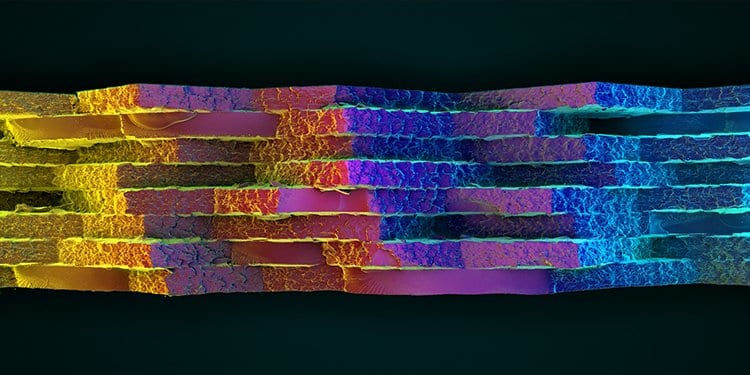
Parametric modeling tools from the architectural design world are combined with 3D printing and material testing technologies from materials science to populate gaps in anatomical space.
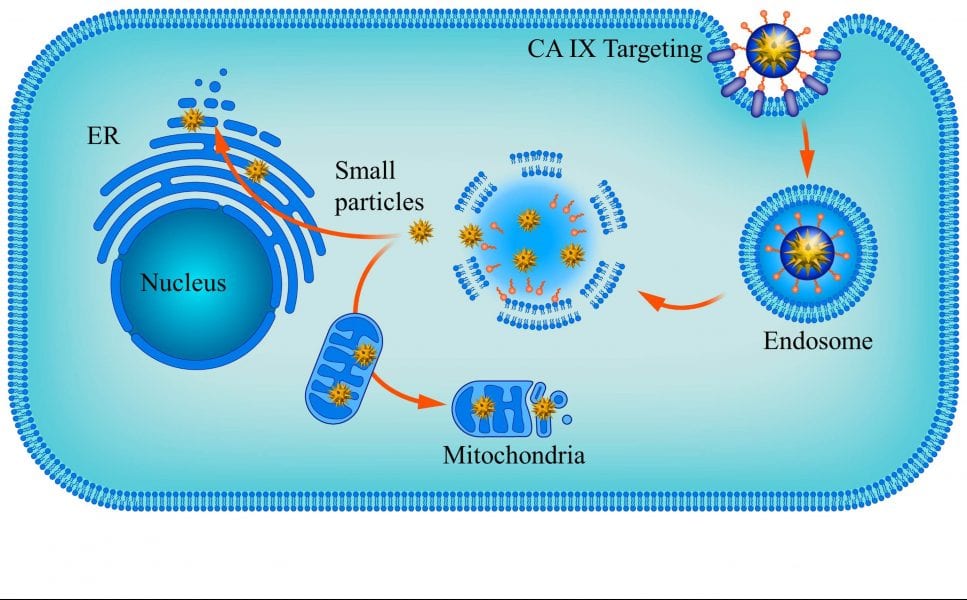
The fabrication of a specific nanomedicine, prickly shaped nanoparticles, enables a novel cancer treatment methodology.

Do we actually have a moral duty to refrain from actions that are typically climate-unfriendly?
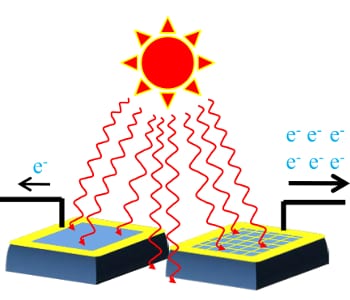
A new approach with the potential to overcome efficiency loss of solar cells.